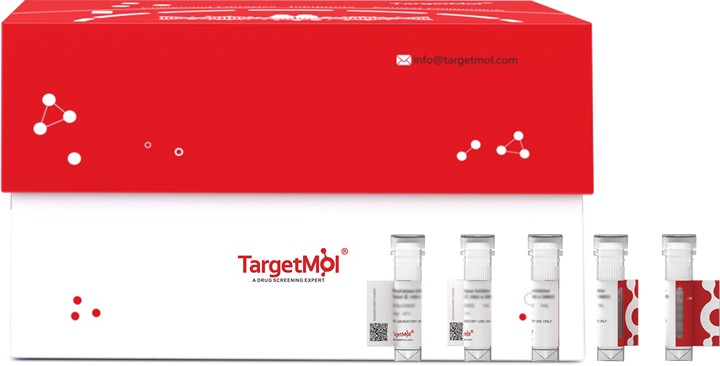Shopping Cart
Remove All Your shopping cart is currently empty
Your shopping cart is currently empty
CD5L Protein, Mouse, Recombinant (His) is expressed in HEK293 mammalian cells with His tag. The predicted molecular weight is 37.7 kDa and the accession number is Q9QWK4.

| Pack Size | Price | USA Warehouse | Global Warehouse | Quantity |
|---|---|---|---|---|
| 5 μg | $70 | 7-10 days | 7-10 days | |
| 10 μg | $109 | 7-10 days | 7-10 days | |
| 20 μg | $182 | 7-10 days | 7-10 days | |
| 50 μg | $357 | 7-10 days | 7-10 days | |
| 100 μg | $600 | - | In Stock |
| Biological Activity | Activity testing is not tested. It is theoretically active, but we cannot guarantee it. |
| Description | CD5L Protein, Mouse, Recombinant (His) is expressed in HEK293 mammalian cells with His tag. The predicted molecular weight is 37.7 kDa and the accession number is Q9QWK4. |
| Species | Mouse |
| Expression System | HEK293 Cells |
| Tag | C-His |
| Accession Number | Q9QWK4 |
| Synonyms | Sp-α,Sp-alpha,Pdp,CT2,CD5 molecule-like,Api6,AI047839,AAC-11,42010 |
| Construction | Glu22-Val352 |
| Protein Purity | > 95% as determined by Tris-Bis PAGE; > 95% as determined by HPLC |
| Molecular Weight | 37.7 kDa (Predicted); 45-60 kDa (Due to glycosylation) |
| Endotoxin | Less than 1EU per μg by the LAL method. |
| Formulation | Lyophilized from 0.22μm filtered solution in PBS (pH 7.4). Normally 8% trehalose is added as protectant before lyophilization. |
| Reconstitution | Reconstitute the lyophilized protein in distilled water. The product concentration should not be less than 100 μg/ml. Before opening, centrifuge the tube to collect powder at the bottom. After adding the reconstitution buffer, avoid vortexing or pipetting for mixing. |
| Stability & Storage | It is recommended to store recombinant proteins at -20°C to -80°C for future use. Lyophilized powders can be stably stored for over 12 months, while liquid products can be stored for 6-12 months at -80°C. For reconstituted protein solutions, the solution can be stored at -20°C to -80°C for at least 3 months. Please avoid multiple freeze-thaw cycles and store products in aliquots. |
| Shipping | In general, Lyophilized powders are shipping with blue ice. Solutions are shipping with dry ice. |
| Research Background | CD5L, a soluble protein belonging to the SRCR superfamily, is expressed mostly by macrophages in lymphoid and inflamed tissues. The expression of this protein is transcriptionally controlled by LXRs, members of the nuclear receptor family that play major roles in lipid homeostasis. Research undertaken over the last decade has uncovered critical roles of CD5L as a PRR of bacterial and fungal components and in the control of key mechanisms in inflammatory responses, with involvement in processes, such as infection, atherosclerosis, and cancer. |
| Size | Quantity | Unit Price | Amount | Operation |
|---|

Copyright © 2015-2026 TargetMol Chemicals Inc. All Rights Reserved.